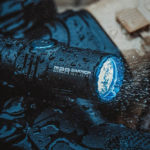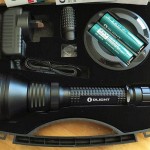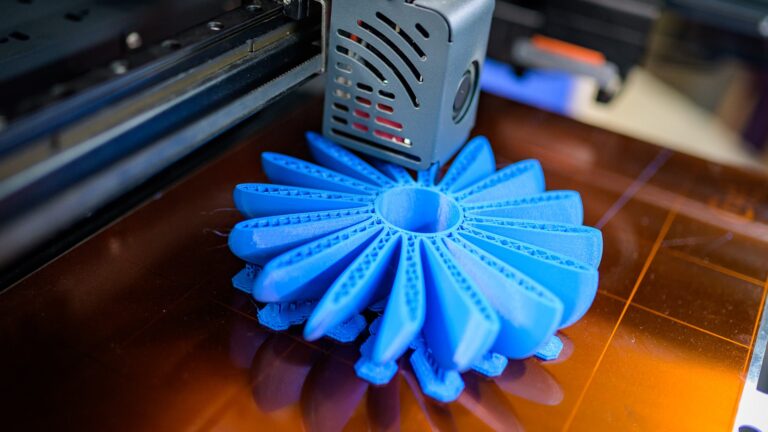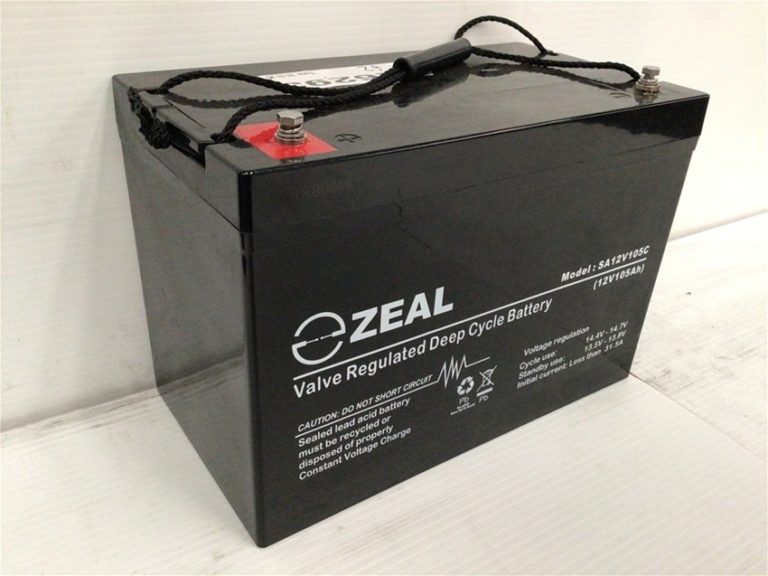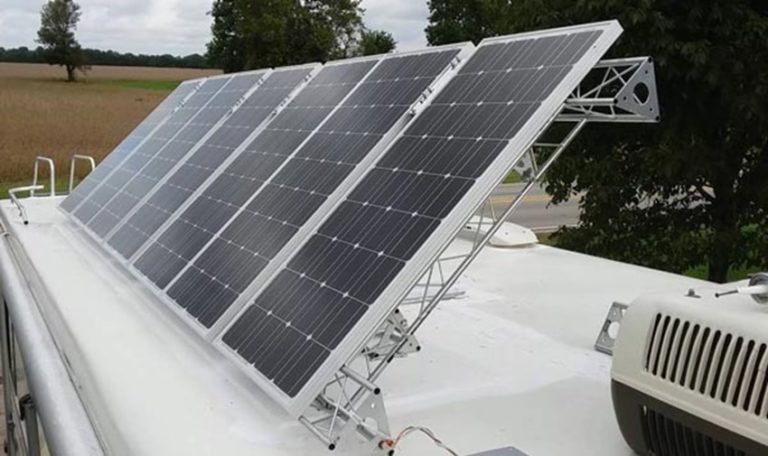
From providing light when the lights go out to helping you find your way around dark alleys or finding missing items under your bed, there are few tools that are as essential and handy as flashlights. The flashlight is the modern iteration of the centuries-old need to carry a fire in your hand. If you’re looking to add a flashlight to your camping or hunting backpack, or your EDC collection, you’ll come across thousands of different models that illuminate a wide range of brightness levels and have an even wider range of features. All the available information can have you scratching your head over making the ideal choice, especially if you’re new to buying torches. However, as long as you stick to the basics you’ll have no problem. But what are the basics?
Light Output
The light output is measured in lumens. Depending on the purpose of the torch, its lumens can vary anywhere between 1 (a simple keychain light) to several thousand (search lights). It’s pretty straightforward, right? The more lumens the more light output. Well, this is partially true, because if the flashlight has let’s say, 500 lumens, that just means that it emits 500 lumens from the lens. A flood light can have 500 lumens, but the light would spread over a wide area, which means it won’t be as intense. A throw beam, on the other hand, can also have 500 lumens, but it will focus all of its light output in a narrowly focused area.
Beam Intensity
Beam intensity is measured in candelas. One candela is approximately the amount of brightness a single candle emits from a foot away. In other words, the beam intensity implicates how focused or concentrated the beam of the torch is. Basically, when shopping for torches, you have to consider the use. If you’re going to use them to work at close range, you don’t need a torch with a high beam intensity. But if you need one to illuminate areas that are far from you, then the beam intensity should be quite high.
Beam Distance
The beam distance is measured in meters and it represents how far the torch will shine before it diminishes to full moon-like levels. Again, you have to think about how you’ll be using the torch. If you need to illuminate far objects, you should definitely focus on the beam distance measurements. However, keep in mind that the moon doesn’t actually illuminate a lot of light when making comparisons.

